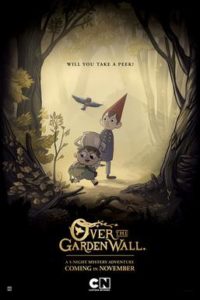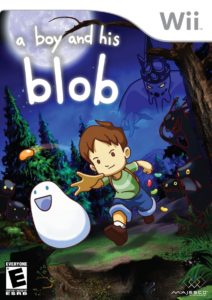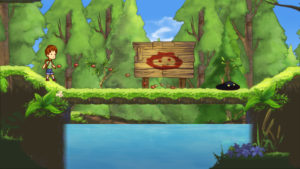For my second entry in my Outstanding Games series, I’ve chosen Castlevania: Symphony of the Night. I’ve known for some time that this would be the next entry in the series, but I’ve struggled with how exactly to present it.
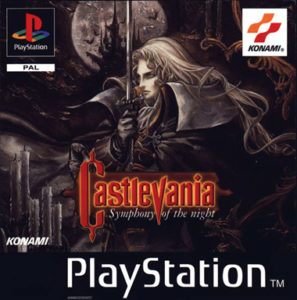
For those who may be unaware, Castlevania is a long-running and successful series of video games, and Symphony of the Night is widely regarded as one of the greatest entries in the series. That said, Symphony of the Night is the only game in the series I’ve played any significant amount of. So I am in the problematic position of looking for something interesting to say on a topic that has been extensively talked about and on which I have a limited knowledge. That said, Symphony of the Night definitely deserves to be on my outstanding games list, and I have very little reputation to destroy by saying something stupid, so I might as well go forward. But before I embarrass myself with an attempt to extol the game’s virtues, I think I’ll give a basic overview of the game for those who are even less informed than I.
Castlevania: Symphony of the Night, like most entries in the series, deals with defeating Dracula. The main character, Alucard, is Dracula’s half-vampire son who hates his vampiric heritage. The entirety of the game takes place within “Castlevania”–Dracula’s magical castle which appears every hundred and which has mysteriously reappeared, even though it just disappeared 4 years ago. Alucard is concerned about this and enters the castle to find out what’s going on.
The gameplay largely consists of exploring the castle, killing monsters, and picking up items that make Alucard more powerful and allow him to access new parts of the castle. The game is a 2-D platformer, with the action consisting of running around, jumping, and hitting things with a sword. This game, by the way, with its emphasis on exploration and character improvement helped to establish a genre which is now called metroidvanias.
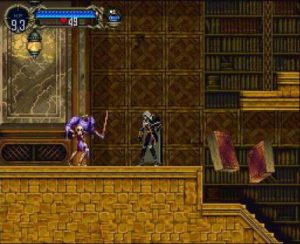
So what is it about Symphony of the Night that makes it stand out? The plot is simple and relatively uninspired, some of the mechanics, such as the magic system, are hideously awkward (enter button combos to do spells, most of which are useless!), much of the game is not particularly well-balanced, with weapons and techniques that make the game easy (there are two of these that I can think of off the top of my head, and if I think a little more, I’m sure I can come up with at least a couple more), and the voice acting is hilariously bad (I love the voice acting, but it’s terrible). That said, there are at least two things about this game that are outstanding.
The first thing that makes this game stand out is the art style. Symphony of the Night has a wonderful Gothic aesthetic. I love Alucard’s pale skin, flowing hair, magnificent cloak and elegant movement. Meanwhile, the backgrounds are rich, with fancy oil lamps and marble walls.
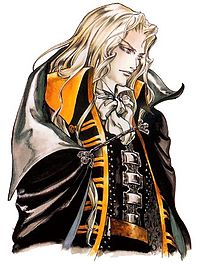
What stands out to me even more, though, is the exploration aspect of the game. Symphony of the Night is as much about finding items that allow you access to new parts of the castle as it is about killing monsters. There are many times when there will be a part of the castle that can’t be accessed because it’s behind a locked door or past a jump that can’t be made. Then you pick up an item which allows you to double jump or open locked doors, and suddenly large portions of the map that were previously inaccessible open up to you. Added to that, the castle is full of secrets, with hidden rooms and items, all of which gives the game a much greater complexity. But the game’s biggest secret goes far beyond a hidden room or interesting item. While I don’t want to spoil it for anyone who hasn’t played the game but plans to, let me just say that the game is about twice as big as it pretends to be, to the extent that one can finish the game without ever realizing how much more to the game there is.
Finally, of course, Castlevania: Symphony of the Night is fun. It plays well and offers a pleasant diversion. And it has enough extra hidden stuff that if you want to, you can continue to fruitfully play it for a considerable period of time.
